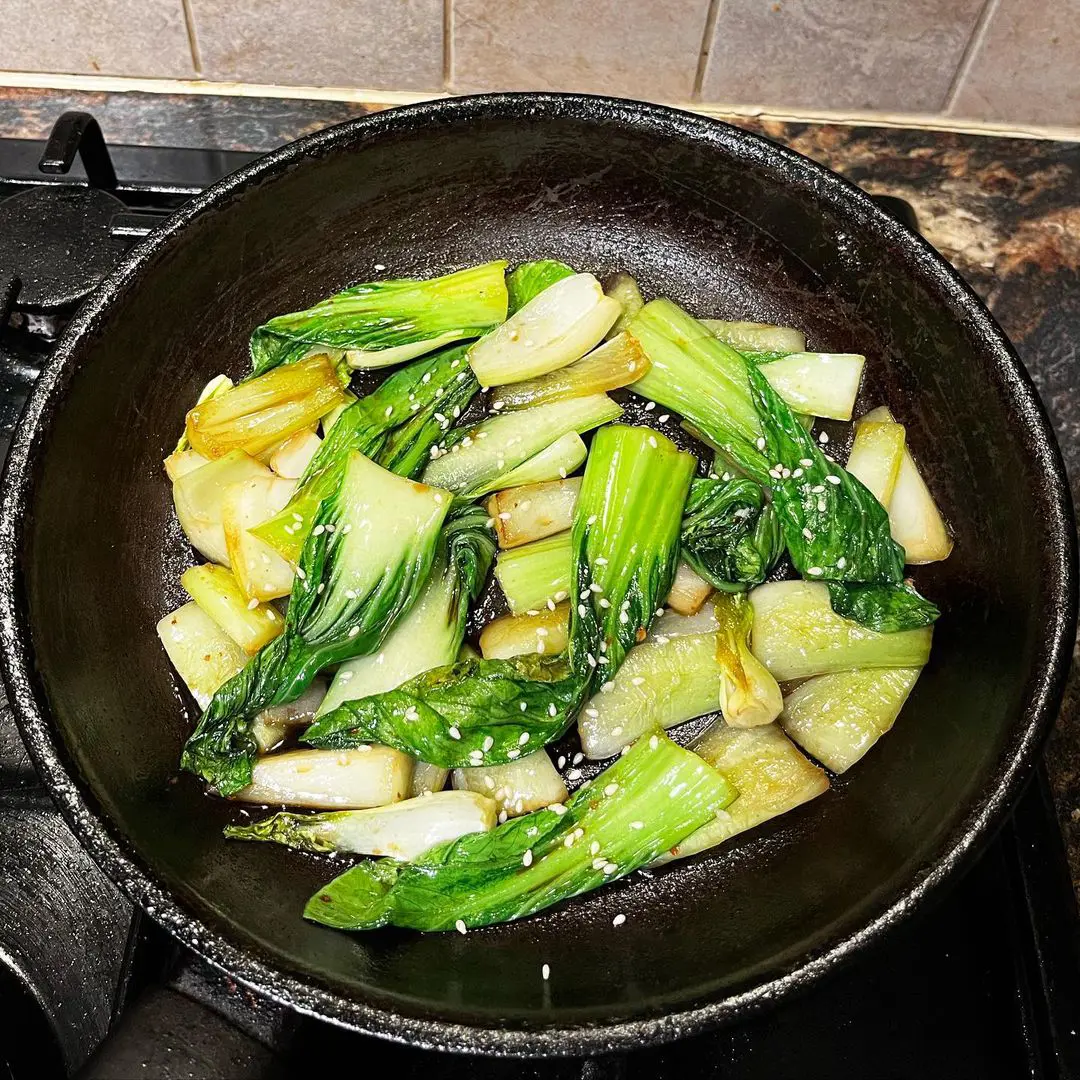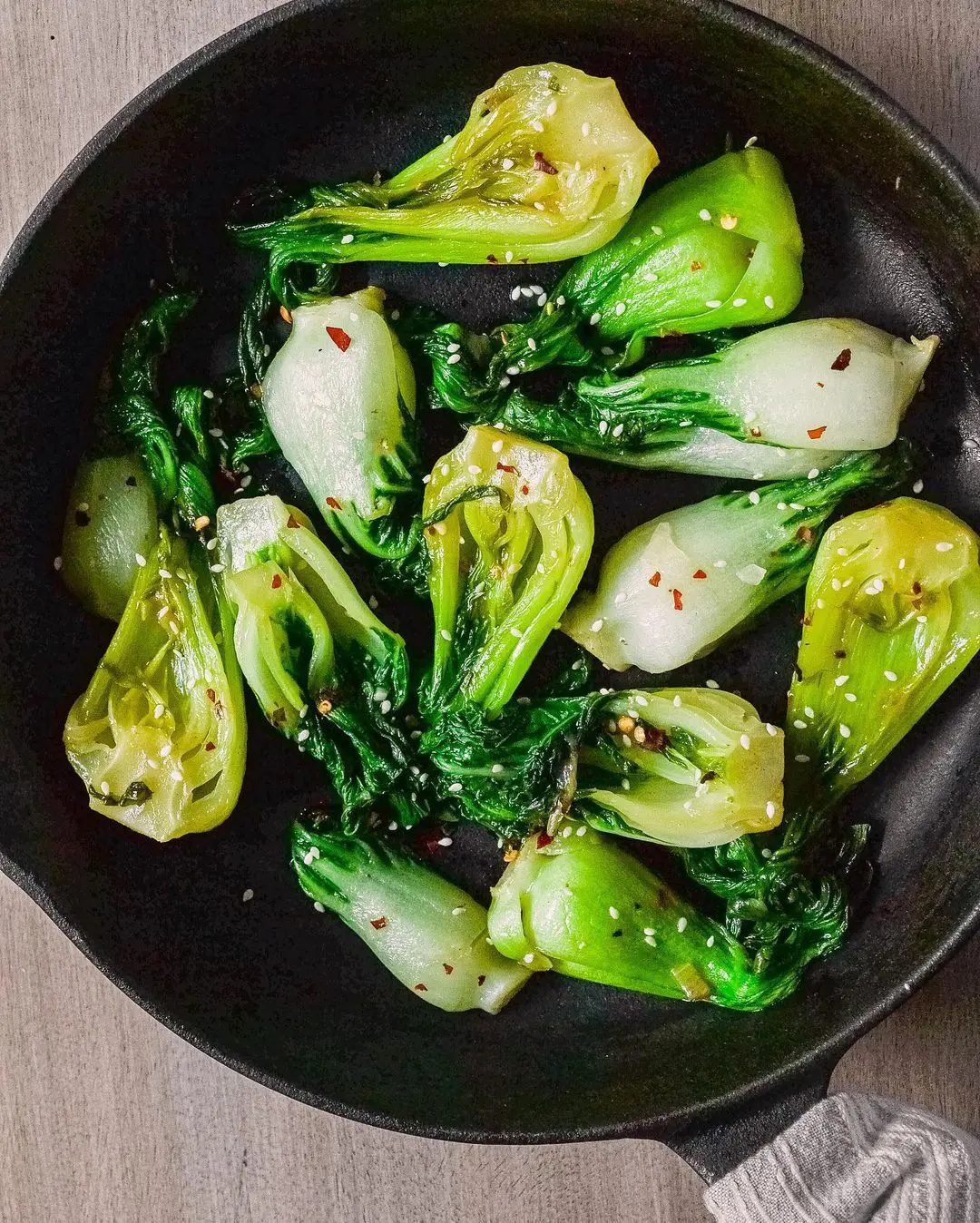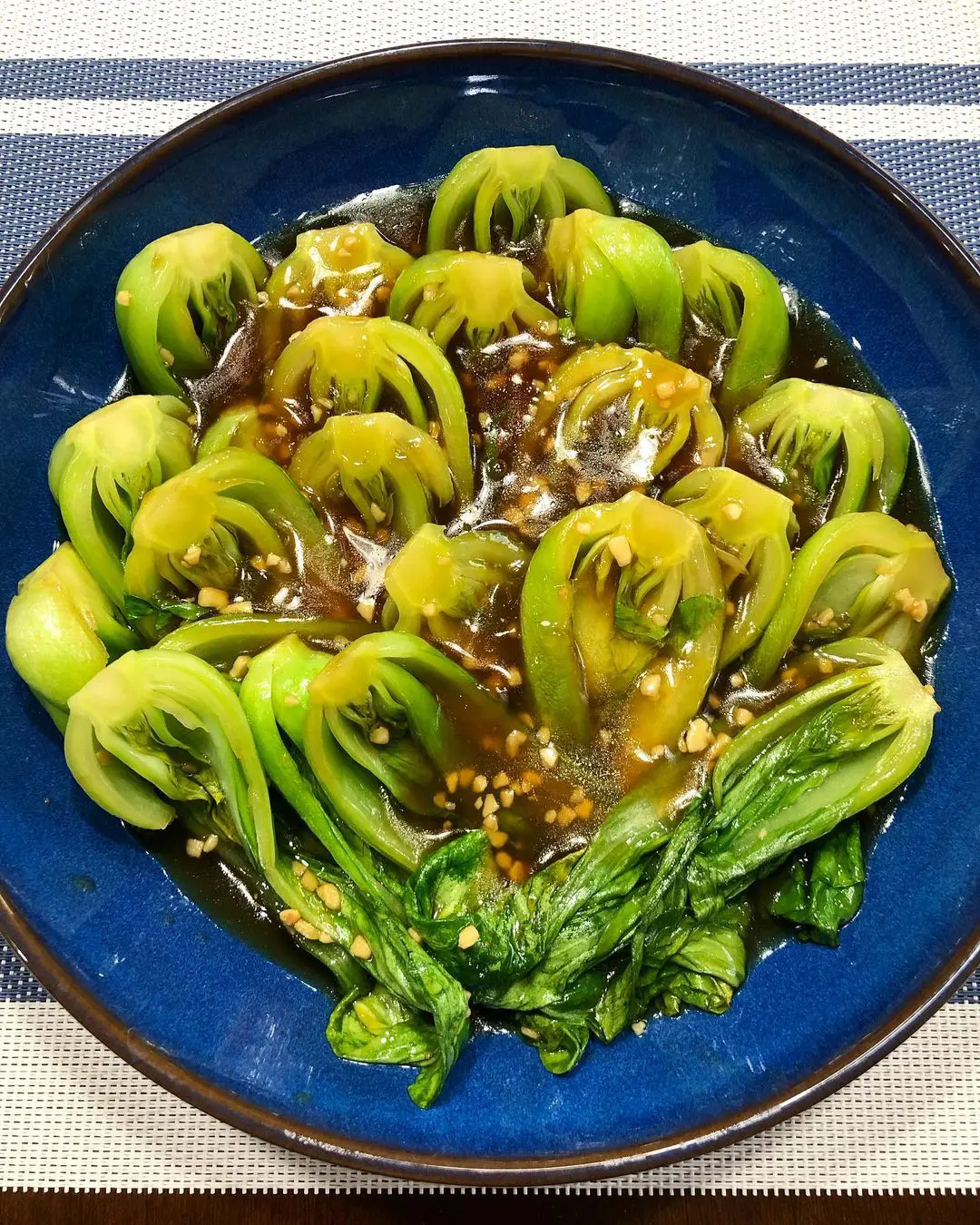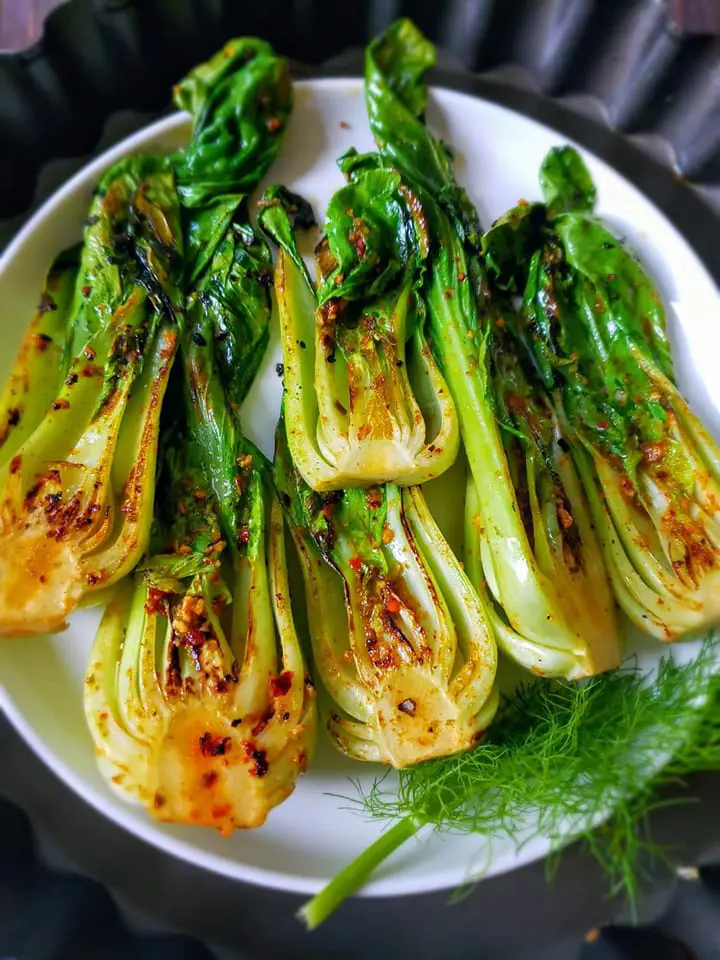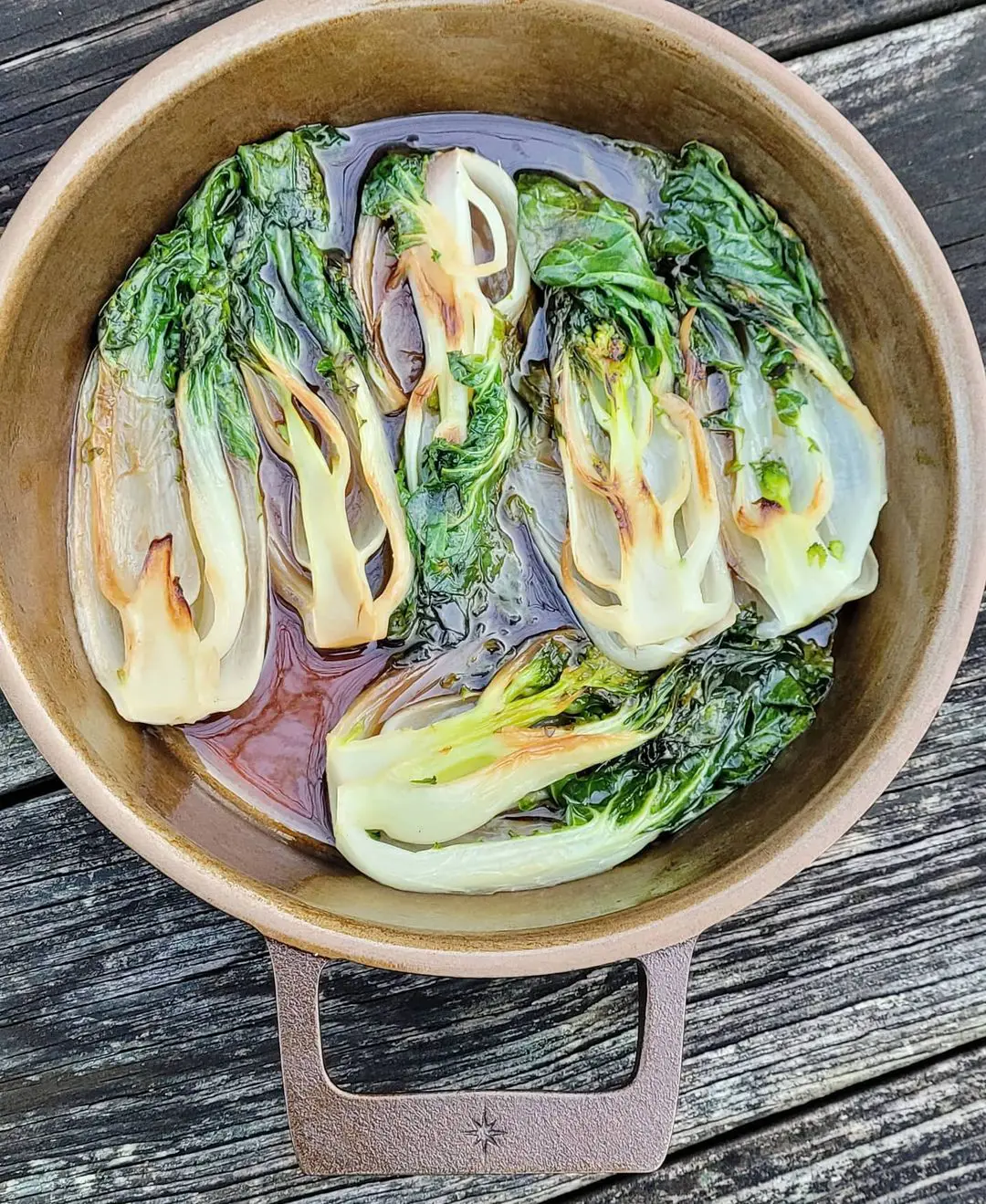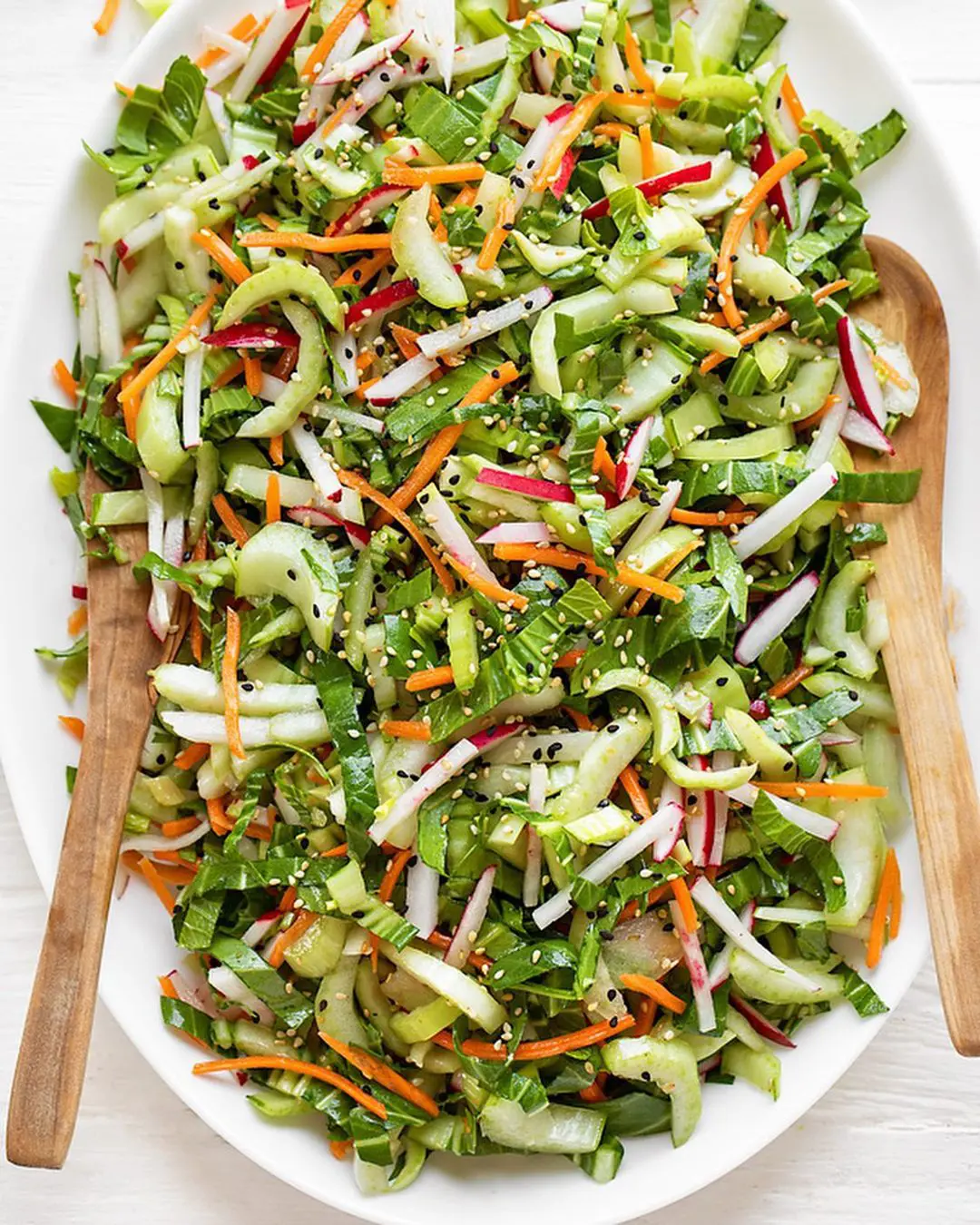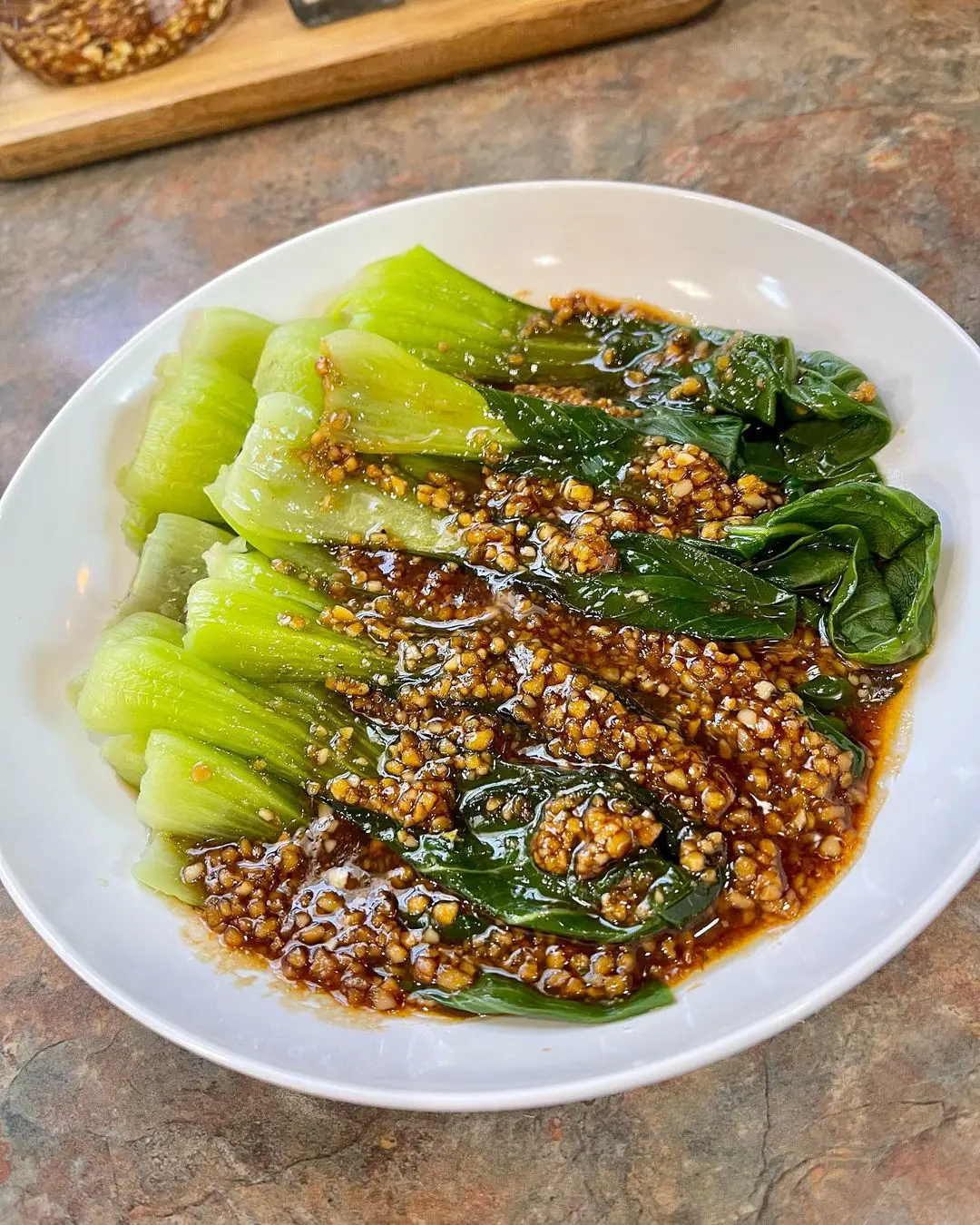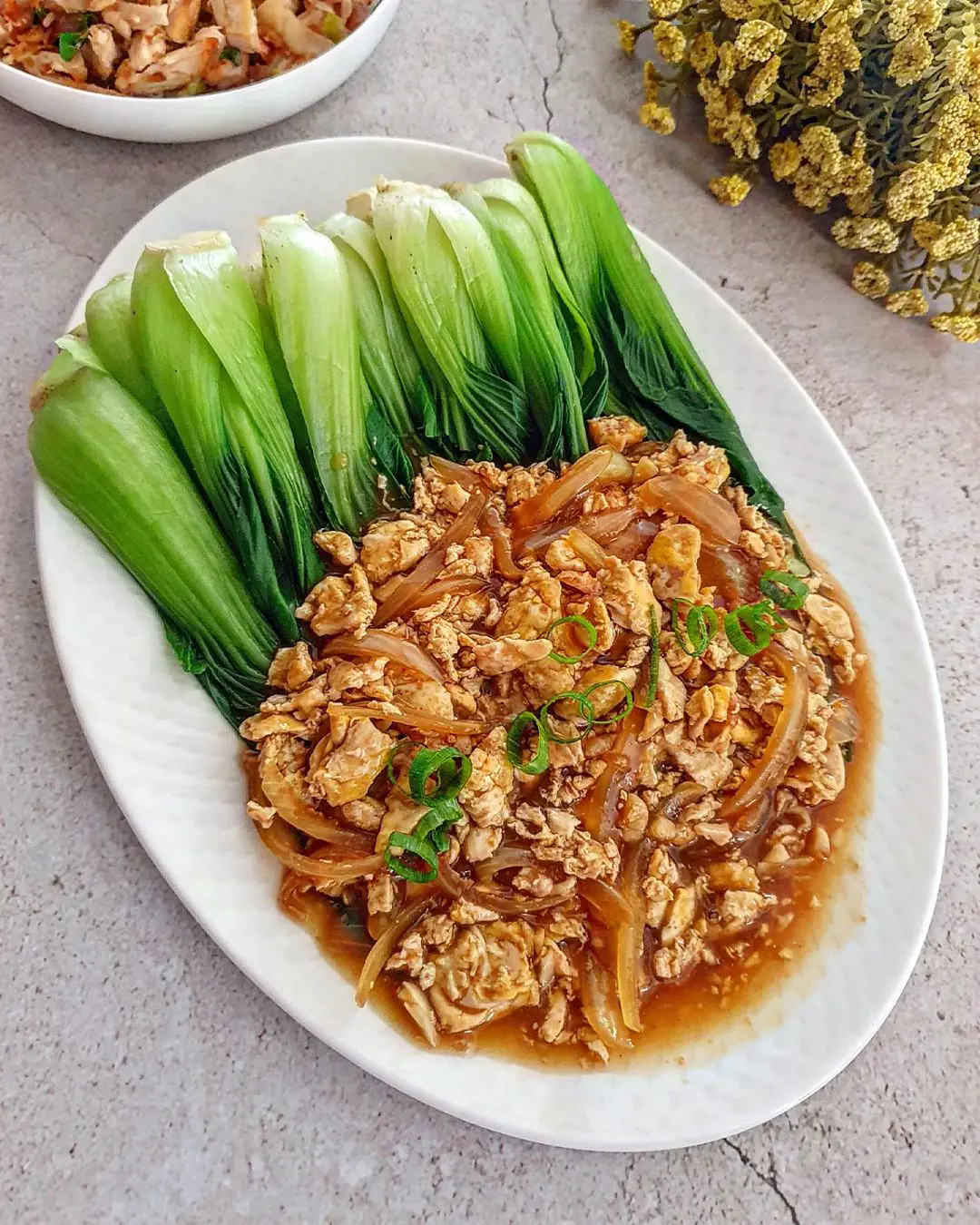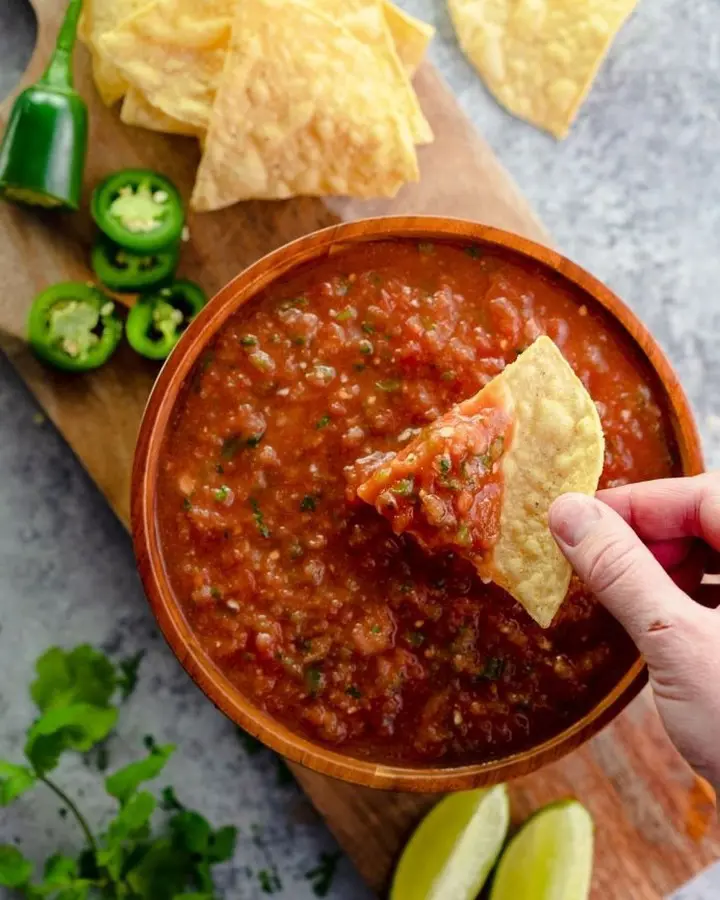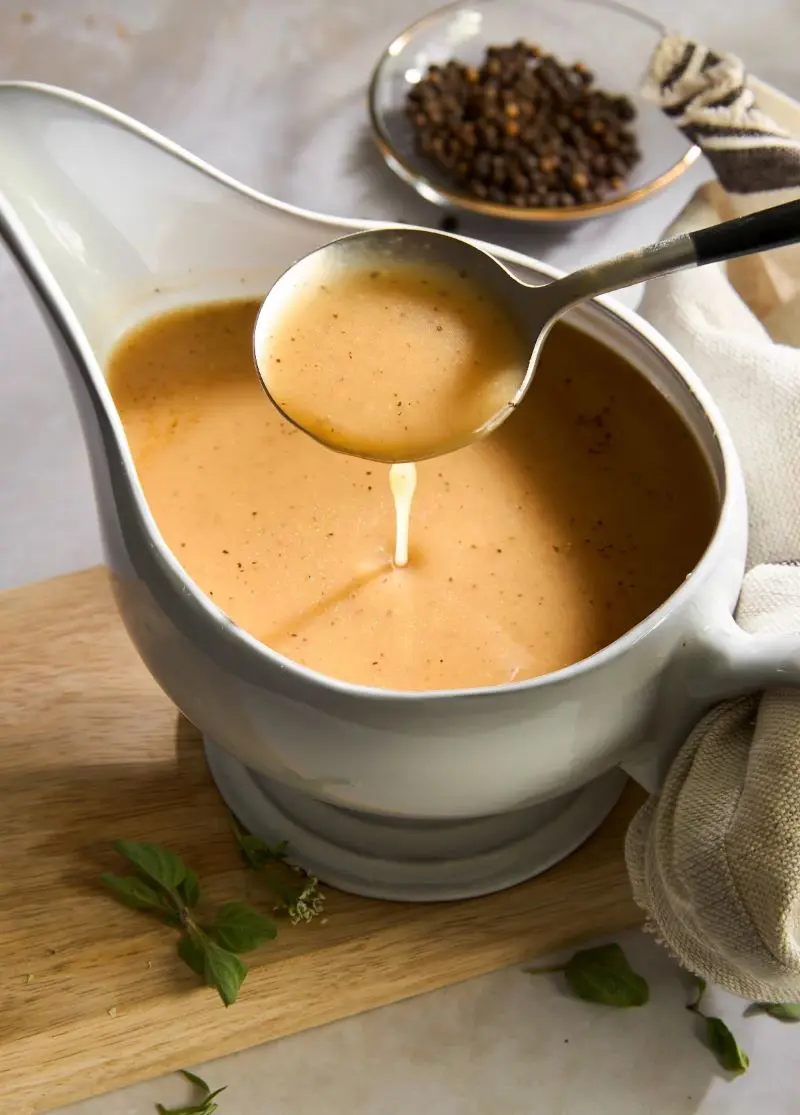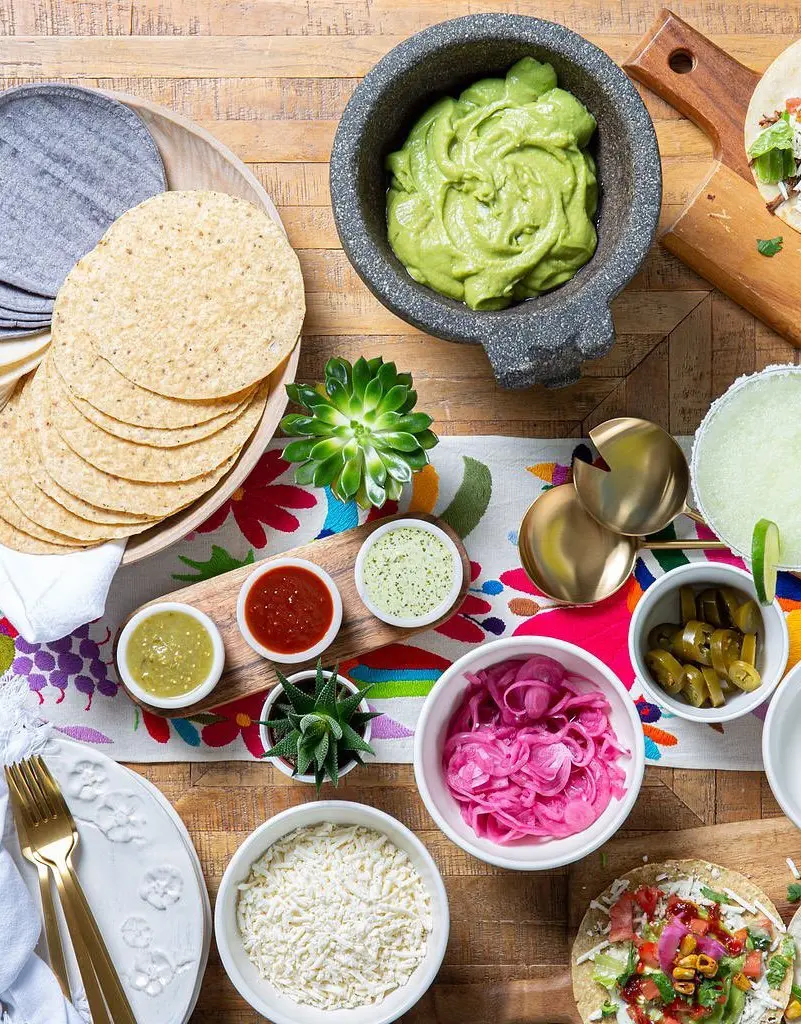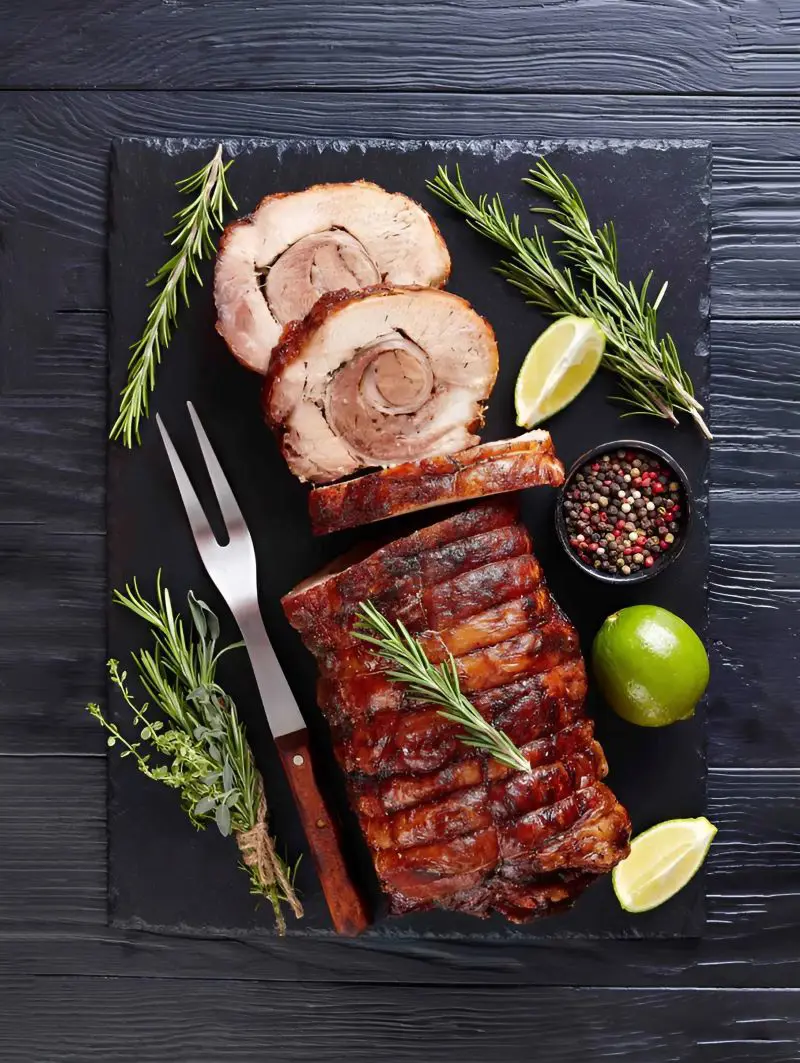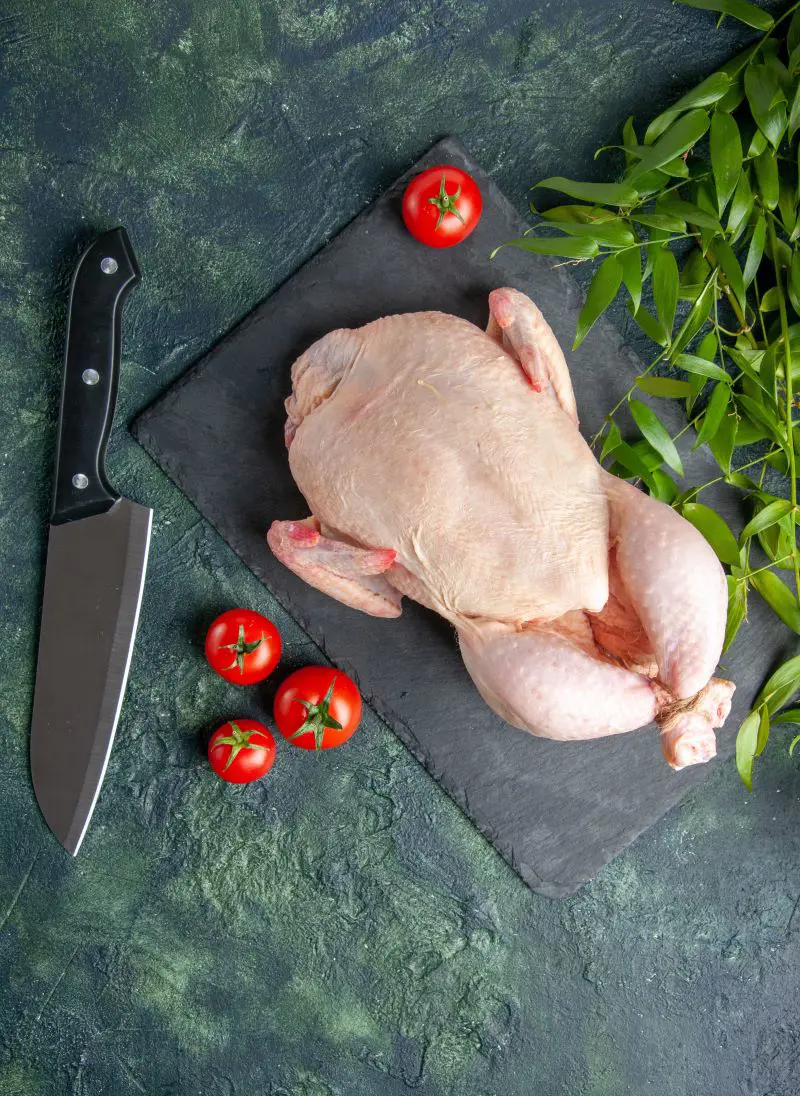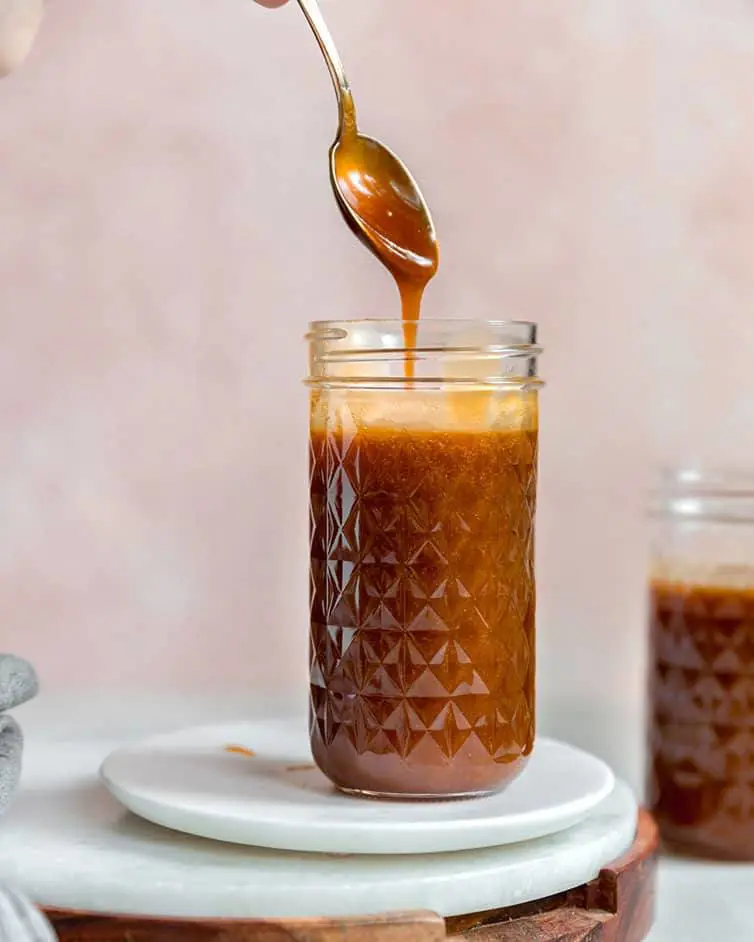How To Prepare Bok Choy
Choose bok choy with crunchy, bright leaves and white, firm stalks. Avoid bunches whose leaves are droopy, yellow, or torn, or whose stalks have brown spots.
There are two major varieties: one is the regular one with dark green, crinkly leaves and white, firm stems; another is Shanghai bok choy, whose leaves are in a spoon shape and whose stems are light green.
Both arrive in mature and "baby" sizes, spanning from 3 to 15 inches. Before cutting bok choy, be sure to rinse well and pat dry.
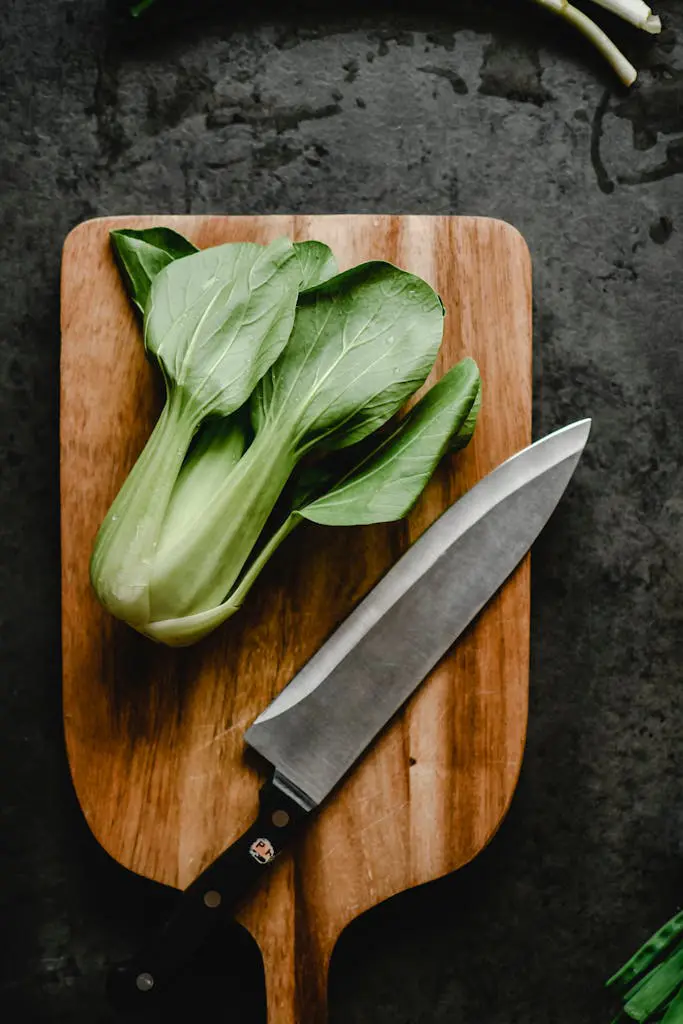
To cut bok choy:
1. For large bok choy:
- Slice off the root end (about 1 inch from the bottom)
- Cut stalks into bite-sized pieces
- Chop leaves into strips if desired
2. For baby bok choy:
- Halve or quarter lengthwise, depending on size
3. For both types:
- Aim for uniform pieces to ensure even cooking
- Adjust cut size based on your recipe's needs

